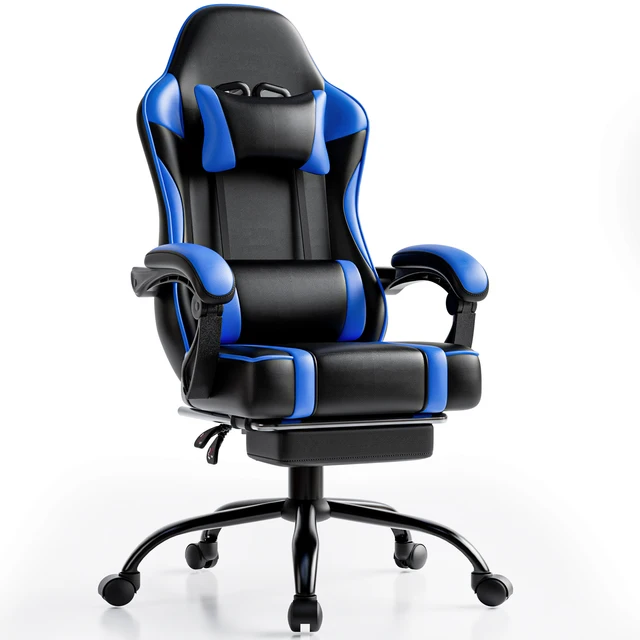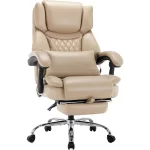What Causes Office Chair Sinking?
Office chairs are essential for comfort and productivity in any workspace. However, one common issue that users face is the problem of the office chair sinking unexpectedly. This issue is often due to a malfunction in the chair’s pneumatic cylinder. The pneumatic cylinder, also known as the gas lift, is responsible for adjusting the height of the chair. Over time, this component can wear out or become damaged, causing the chair to sink or lose height. Other potential causes include a faulty base or mechanism, which can also contribute to the chair’s instability. Understanding these causes is crucial for effectively addressing and fixing the problem.
Signs of a Sinking Chair
To address the issue of a sinking office chair, it’s important to first recognize the signs. If you find yourself frequently readjusting your chair’s height or if the chair slowly descends while you’re seated, it’s likely that the pneumatic cylinder is failing. Additionally, you might notice a hissing sound when you adjust the chair, indicating a loss of pressure. Observing these signs early can help in taking prompt action to repair or replace the faulty components before the problem worsens.
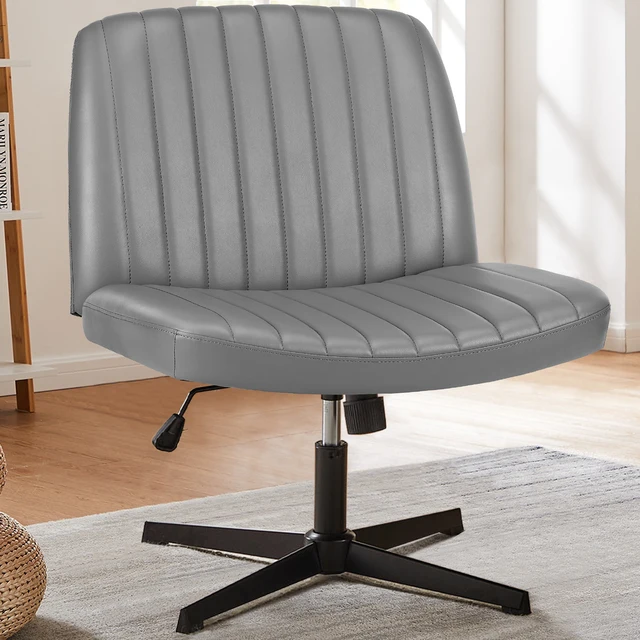
Quick Fixes for a Sinking Office Chair
Temporary Solutions
If you need a quick fix to address the sinking issue temporarily, there are several solutions you can try. One common method is to use a chair height adjustment clamp or a PVC pipe. To use the clamp, place it around the chair’s gas lift cylinder to hold it in place. Alternatively, cut a piece of PVC pipe to the length of the gas lift cylinder and slide it over the cylinder to prevent it from compressing. While these solutions are not permanent, they can provide a temporary fix until you can implement a more lasting repair.
Adjusting Chair Height Manually
Another quick fix is to manually adjust the height of the chair using the adjustment lever or knob. Some chairs have a manual height adjustment feature that allows you to lock the chair at a certain height. While this may not solve the underlying problem, it can help you maintain a comfortable working height temporarily. Make sure to check the chair’s adjustment mechanism for any signs of wear or damage and ensure it is functioning correctly.
Replacing the Pneumatic Cylinder
Identifying the Right Replacement Part
If the chair keeps sinking due to a faulty pneumatic cylinder, replacing it is often the best solution. To find the correct replacement, you need to identify the type and size of the pneumatic cylinder used in your chair. This information can typically be found in the chair’s user manual or by contacting the manufacturer. Make sure to purchase a replacement cylinder that matches the specifications of the original to ensure compatibility and proper function.
How to Replace the Pneumatic Cylinder
Replacing the pneumatic cylinder involves several steps. First, you need to remove the chair’s base from the gas lift cylinder. This often requires removing any screws or fasteners that hold the base in place. Once the base is detached, you can pull out the old pneumatic cylinder and insert the new one. Reattach the base to the new cylinder and test the chair to ensure it functions correctly. If you’re unsure about performing this repair yourself, consider consulting a professional or referring to online tutorials for guidance.
Fixing a Faulty Base or Mechanism
Diagnosing Base Issues
In some cases, the issue of a sinking chair may be due to problems with the chair’s base or mechanism rather than the pneumatic cylinder. Examine the chair’s base for any signs of damage or wear, such as cracks or loose components. If the base is damaged, it may need to be replaced or repaired. Additionally, check the mechanism that controls the chair’s height adjustment for any signs of malfunction. Identifying the root cause of the problem is essential for effective repair.
Repairing or Replacing the Base
If the base or mechanism is found to be faulty, you have two options: repair or replacement. For minor issues, such as loose screws or minor cracks, you may be able to perform simple repairs using tools like screwdrivers or adhesive. For more severe damage, replacing the base or mechanism might be necessary. Ensure that you purchase compatible parts and follow the manufacturer’s instructions for installation. Proper maintenance of the chair’s base and mechanism can help prevent future issues.
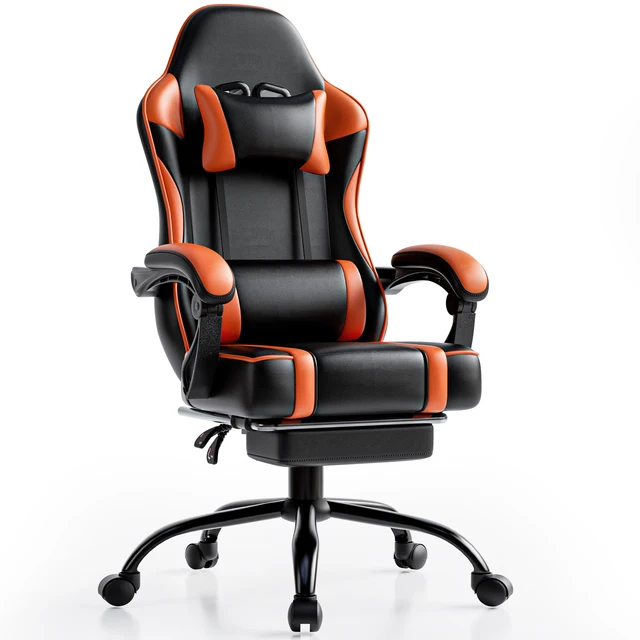
Preventing Future Sinking Issues
Regular Maintenance Tips
Preventing the office chair from sinking in the future involves regular maintenance and care. Periodically check the chair’s pneumatic cylinder and adjustment mechanisms for any signs of wear or malfunction. Keep the chair clean and free from debris that could affect its performance. Lubricate moving parts as needed to ensure smooth operation. Regular maintenance can extend the lifespan of the chair and reduce the likelihood of encountering sinking issues.
Choosing a High-Quality Chair
Investing in a high-quality office chair can also help prevent sinking problems. Look for chairs that feature durable materials and reliable adjustment mechanisms. Reading reviews and selecting chairs from reputable manufacturers can ensure that you purchase a product with a low risk of experiencing sinking issues. A well-constructed chair is less likely to encounter problems and can provide better long-term comfort and support.
When to Seek Professional Help
Recognizing Complex Problems
While many sinking chair issues can be resolved with DIY solutions, some problems may be more complex and require professional assistance. If you’ve attempted repairs and the chair continues to sink or if you encounter issues with the chair’s internal mechanisms, it may be time to seek help from a professional. Complex problems, such as internal damage or structural issues, may be beyond the scope of simple repairs and require expert intervention.
Finding a Professional Repair Service
To find a professional repair service for your office chair, start by searching for local furniture repair specialists or contacting the chair’s manufacturer for recommendations. Look for services with experience in repairing office chairs and check customer reviews to ensure reliability. Professional repair can be an effective solution for addressing severe issues and ensuring the chair functions properly. In some cases, replacing the chair may be more cost-effective than extensive repairs.
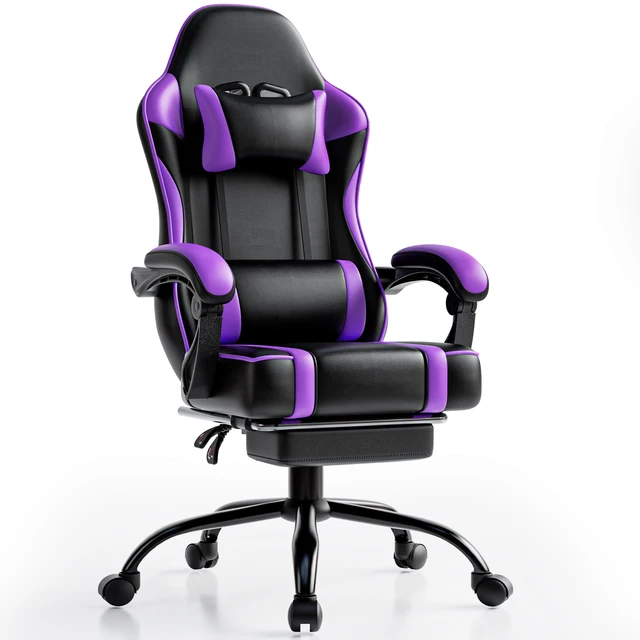
Conclusion
Summary of Solutions
Addressing the issue of an office chair that keeps sinking involves understanding the root causes and implementing effective solutions. From quick fixes like height adjustment clamps to more permanent solutions such as replacing the pneumatic cylinder, there are various approaches to resolving the problem. Regular maintenance and investing in high-quality chairs can also help prevent future issues. By following these guidelines, you can ensure that your office chair remains functional and comfortable.
Final Thoughts
Maintaining a properly functioning office chair is crucial for productivity and comfort. Whether you choose to perform DIY repairs or seek professional assistance, addressing the issue promptly can prevent further inconvenience and ensure a better working experience. With the right approach, you can fix the sinking problem and enjoy a stable and supportive office chair for years to come.
